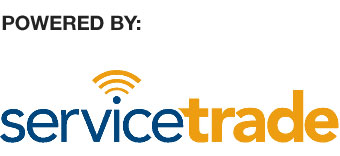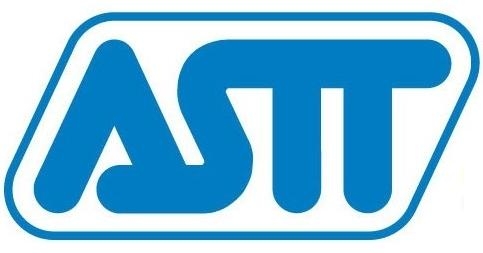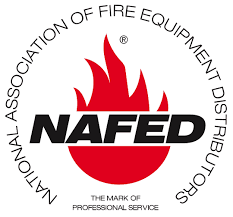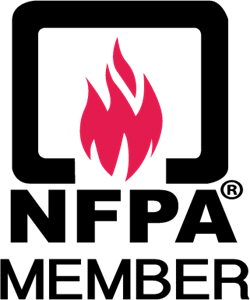How to Properly Use a Fire Extinguisher
November 17, 2015
For instance, did you know that there are different extinguishers for different kinds of fires? Do you know how to engage the extinguisher? If a fire started 10 feet away from you and you had an extinguisher nearby, would you be confident in your ability to use it?
If you answered no, don’t sweat it. You are not alone. But now is the time to educate yourself, not when the fire is already raging. Read on to discover what you need to know about fire extinguishers.
Assess the Situation
Before using a fire extinguisher, it is important to assess the situation. Before springing into action, you need to call for help, make sure the situation is safe and check out the fire.
Call for Help
Hopefully you can get the fire under control with the extinguisher, but you shouldn’t take any chances. Make sure someone calls 911. If the fire escalates, you want the fire department to arrive as soon as possible. Furthermore, you should always have a firefighter look over the area after a fire.
Safety First
There is no point to trying to extinguish a fire if you are going to be hurt in the process. The safety of you and your family members should be your first priority.
Take inventory of the situation:
- Are you physically able to handle the extinguisher?
- Can you find a viable exit route that is not blocked by flames?
- How many extinguishers do you have available in the immediate area and is there anyone else who can use a second one to help you?
- Is the building in immediate danger structurally?
Assess the Fire
In order to safely combat the fire, it is important to first assess its characteristics.
- Is the fire emitting any toxic fumes? If there is any possibility of this, leave the building immediately.
- Is the fire contained? An extinguisher is useful against a small, contained fire. But if it has spread, a professional firefighter will be necessary.
- How big is the fire? An extinguisher might be overkill for a turned over candle and it is not enough for a room filled with flames.
- How did the fire start? You fight a grease fire with different methods than you would use on an electrical fire.
How to Use a Fire Extinguisher
You only have approximately 10 seconds of extinguishing power. If you do not use the extinguisher properly, it will not be very effective. Proper training will prepare you and your loved ones to fight a fire if it is necessary.
Remember to PASS
A helpful acronym for remembering proper protocol is PASS—pull, aim, squeeze and sweep.
Pull: Pull the safety pin at the top of the extinguisher. It is the metal piece with a loop for your finger. This will unlock the fire extinguisher.
Aim: Aim the nozzle or hose at the base of the fire, not the flames. It is important to extinguish the fuel of the fire. Keep yourself low.
Squeeze: Squeeze the handle or lever slowly. Make sure to keep the handle held down, as the device will only continue to discharge as long as you squeeze the handle.
Sweep: Sweep the extinguisher from side to side approximately 15 cm over the fire until it is put out. Stand several metres away from the fire, as extinguishers are designed to be used from a distance. Slowly start to move toward the fire as it dissipates.
Prepare Beforehand
Gather the Proper Equipment
The fire extinguishers you have available should be based on the risks in your immediate area.
Class A: Use this for wood, cloth, rubber, plastics, paper and regular combustible fires.
Class B: Use this for grease, oil-based or gasoline fires.
Class C: Use this for electrical fires.
Class D: Use this for water-reactive metals like burning magnesium.
Class K: Use this for kitchen fires and deep fryer fires. This combats vegetable oil and animal fat fires.
All-purpose ABC dry chemical: If you are unsure of the fire’s origins, an all-purpose ABC dry chemical extinguisher is typically a good option.
Teach the Members of Your Household
Fire safety is important, so start the conversation now. Discuss specific fire safety plans for different situations. Who is strong enough or old enough to operate the fire extinguisher? What should your children do if there are no adults in the house? How do you properly use a fire extinguisher?
Even if none of your children are old enough to use a fire extinguisher, it is important for them to be able to instruct a babysitter or someone else in the event of a fire.
For more information, be sure to read our safety blog or contact our helpful staff at Nutech Safety in Kamloops or Kelowna should you have any further questions.






